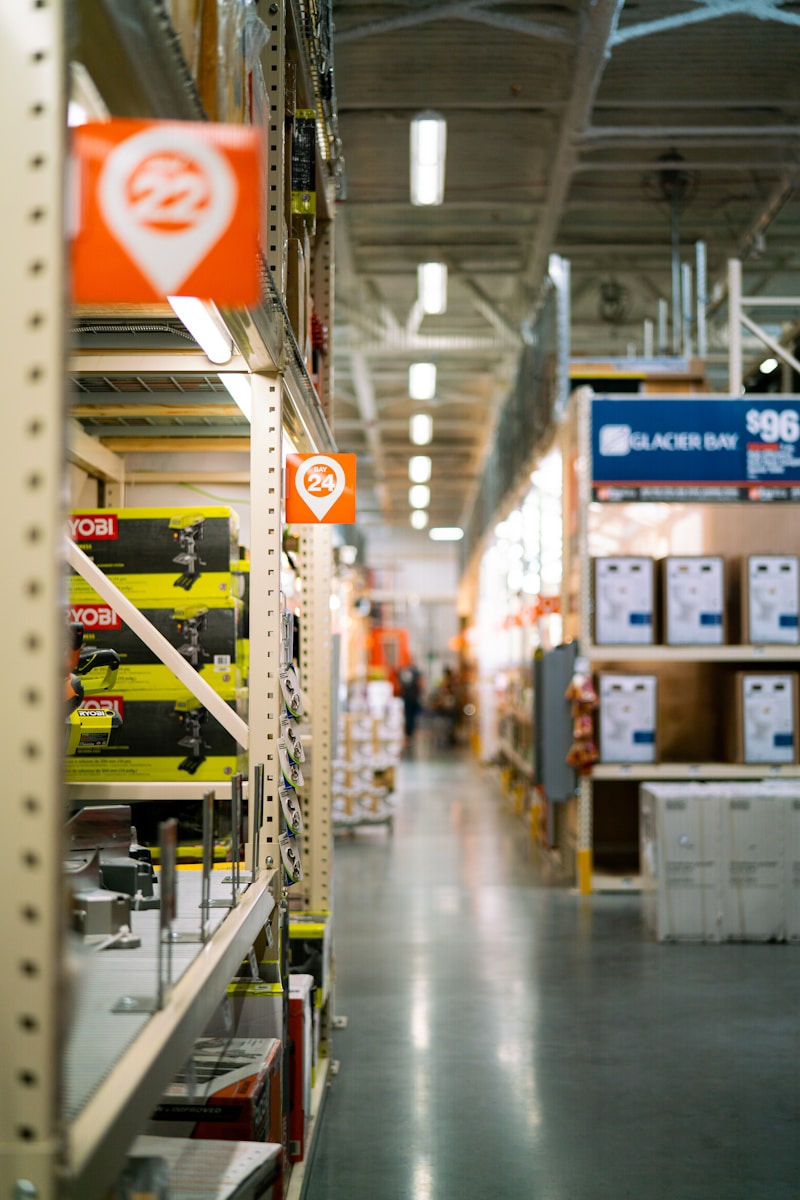Maximizing Efficiency: The Role of Commercial Equipment Storage Buildings in Local Business Growth
As local businesses strive to grow and remain competitive, the importance of effective storage solutions cannot be overstated. In industries like construction, agriculture, manufacturing, and logistics, businesses rely heavily on their equipment to ensure smooth operations. However, the challenge lies in storing and protecting this equipment efficiently and cost-effectively. This is where commercial equipment storage buildings, particularly fabric structures, come into play. These versatile buildings offer a range of benefits that can help local businesses maximize efficiency, reduce overhead costs, and support long-term growth.
The Need for Efficient Equipment Storage
For local businesses, equipment storage is not just about keeping tools and machinery out of the way—it’s about maintaining an organized, safe, and accessible environment that enhances productivity. In many industries, such as construction and agriculture, equipment is an expensive investment that must be properly stored to avoid damage and deterioration. Without the right storage solutions, businesses risk unnecessary downtime, equipment losses, and wasted resources.
Moreover, as businesses grow, their storage needs increase. Traditional storage methods, such as warehouses or rented space, can quickly become inefficient and costly, leading business owners to seek more flexible and affordable alternatives. This is where commercial fabric buildings come in, offering a smart and effective solution to the challenge of commercial equipment storage.
Why Fabric Buildings are Ideal for Equipment Storage
Fabric buildings, also known as tension fabric structures, are an increasingly popular choice for businesses looking for flexible, durable, and cost-effective storage solutions. These structures consist of a steel frame covered by a high-strength fabric membrane, providing a robust yet lightweight and easily customizable space. Here are several reasons why fabric buildings are ideal for commercial equipment storage:
- Cost-Effectiveness
One of the biggest advantages of fabric buildings is their affordability. Compared to traditional brick-and-mortar structures, fabric buildings are less expensive to construct, require fewer materials, and can be erected in a fraction of the time. This makes them an attractive option for small to medium-sized businesses that need to control costs while still ensuring high-quality storage for their equipment. - Durability and Weather Resistance
Fabric buildings are designed to withstand a range of environmental conditions, including extreme weather. The high-quality fabric used in these structures is UV-resistant, waterproof, and built to endure heavy snow loads and high winds. This durability ensures that equipment remains safe and protected from the elements, reducing the risk of damage from exposure to harsh weather conditions. - Flexibility and Scalability
As businesses grow and their storage needs evolve, fabric buildings offer unmatched flexibility. These structures can be expanded, relocated, or reconfigured to meet changing requirements, making them a great option for businesses looking for long-term solutions that can adapt as they grow. Whether a business needs additional storage space for new equipment or wants to adjust the layout of the facility, fabric buildings can accommodate these changes with ease. - Enhanced Accessibility
Fabric buildings typically feature wide, open interiors with clear spans, making it easier to store large and bulky equipment. The lack of internal support columns allows for greater flexibility in how the space is utilized, ensuring that businesses can maximize storage capacity and keep their equipment organized and easily accessible. Whether storing heavy machinery or smaller tools, businesses can create a layout that optimizes workflow and minimizes downtime. - Energy Efficiency
Many fabric buildings are designed with energy efficiency in mind. The fabric membrane naturally allows for some light penetration, reducing the need for artificial lighting during the day. In addition, the insulating properties of the fabric help to maintain a stable internal temperature, reducing heating and cooling costs. This energy efficiency not only lowers operational costs but also aligns with sustainability goals for businesses looking to reduce their carbon footprint.
Supporting Local Business Growth
Fabric buildings can play a critical role in supporting the growth of local businesses. By offering affordable, flexible, and efficient storage solutions, these structures enable businesses to scale their operations without the burden of expensive, long-term leases or the hassle of managing traditional warehouse spaces.
Moreover, businesses that invest in fabric buildings can also benefit from enhanced productivity. With easier access to their equipment and better organization, employees can spend less time searching for tools or machinery, resulting in increased efficiency. For construction companies, farms, or manufacturing businesses, the ability to store equipment securely and access it quickly means faster job turnaround times and improved service delivery.
In rural or developing areas, fabric buildings can help small businesses compete with larger, more established players. Their affordability and adaptability make them ideal for startups and small enterprises looking to expand their operations without incurring significant overhead costs. By investing in efficient storage solutions, these businesses can focus on growth and innovation, knowing that their equipment is secure and accessible when needed.
Conclusion
As local businesses look for ways to grow and remain competitive, finding efficient, affordable, and reliable storage solutions is crucial. Commercial equipment storage buildings, especially fabric structures, offer businesses the flexibility, durability, and cost-effectiveness needed to maximize efficiency and streamline operations. Whether for storing machinery,





